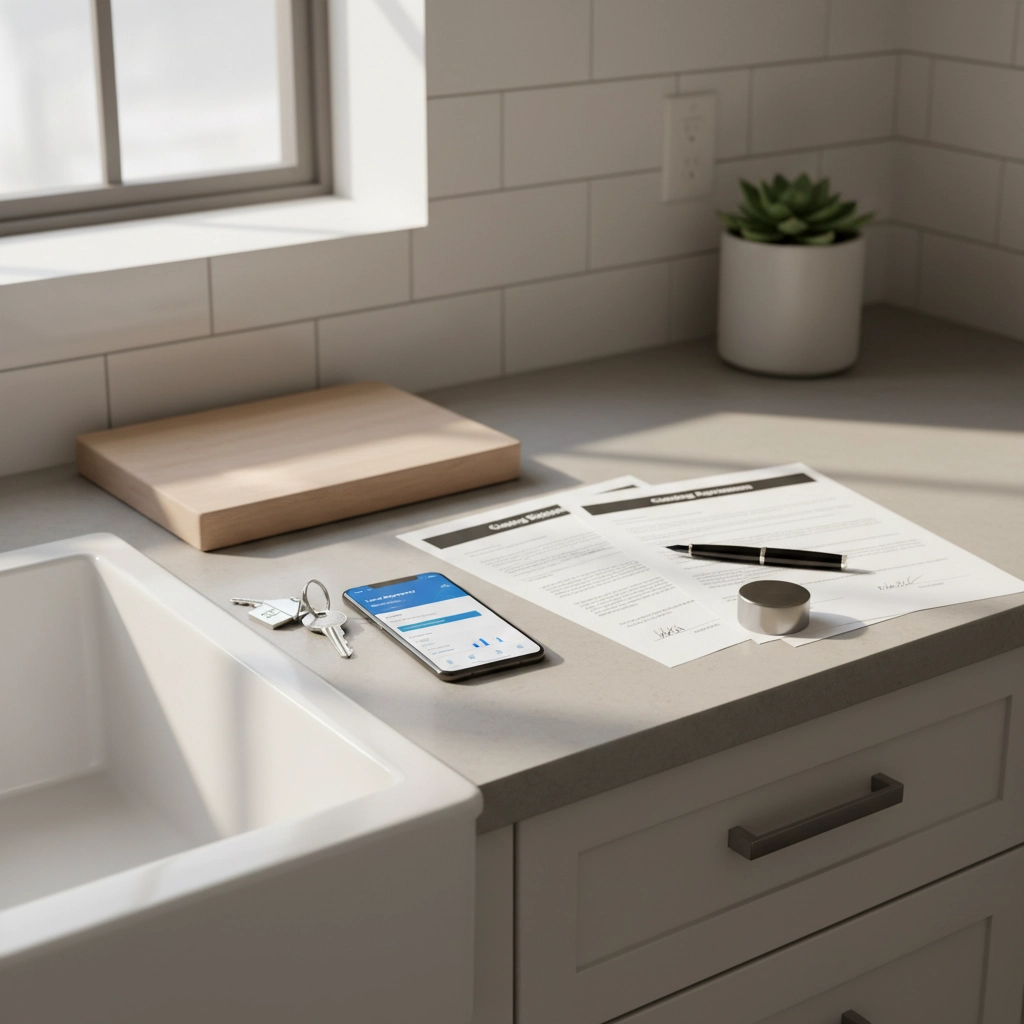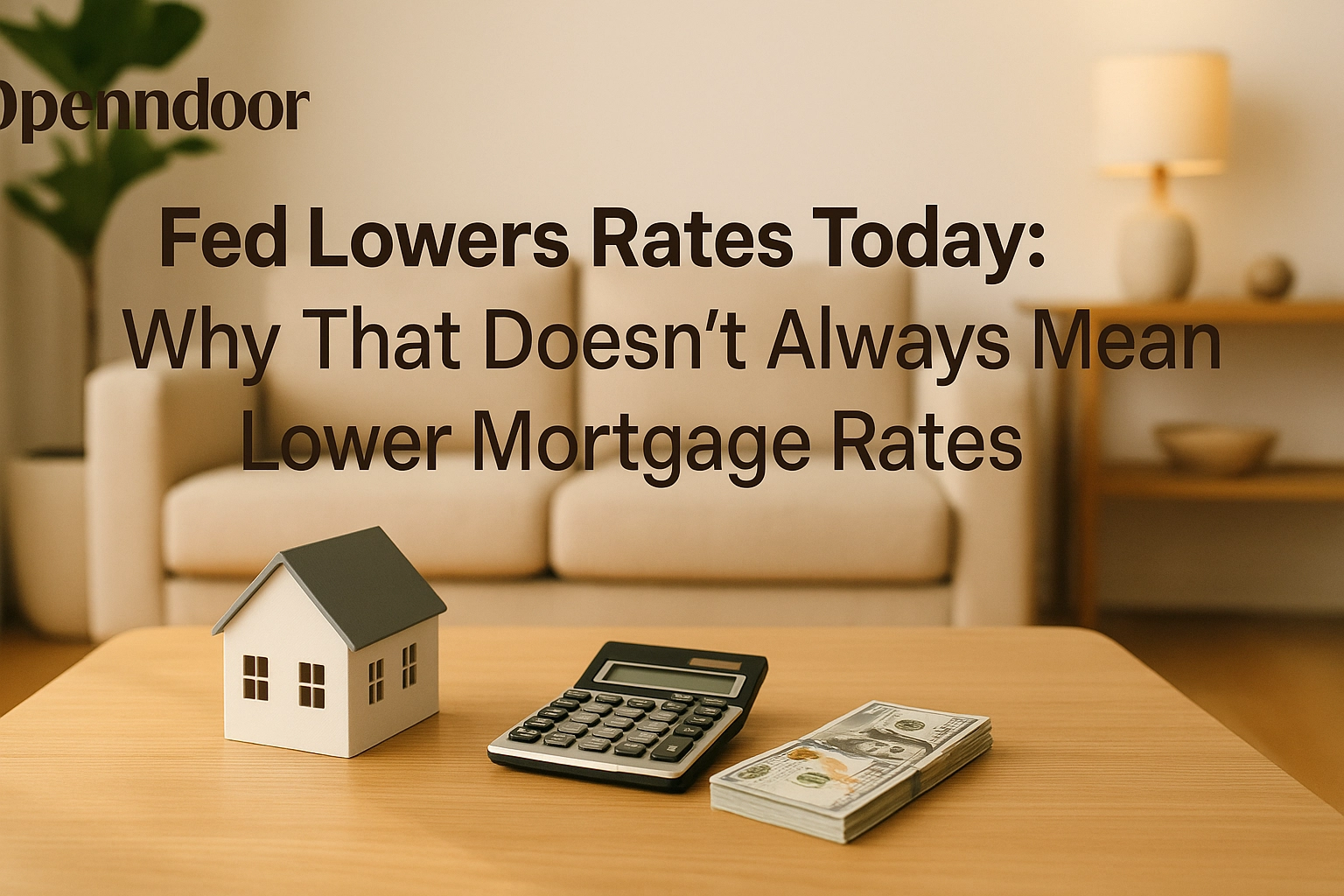As we approach Christmas here in Columbus, Ohio, I've been thinking about leadership qualities that…
How to Remove FHA Mortgage Insurance | 2025
If you're like most FHA borrowers, you're probably tired of seeing that monthly mortgage insurance premium (MIP) eat into your budget. The good news? You might be able to ditch it sooner than you think. Let me walk you through exactly how to remove FHA mortgage insurance in 2025, because frankly, nobody wants to pay for insurance they don't need forever.
What Makes FHA Mortgage Insurance Different
First things first: let's clear up some confusion. FHA loans don't have PMI (Private Mortgage Insurance) like conventional loans. Instead, they have MIP (Mortgage Insurance Premium). Same annoying monthly payment, different name, and unfortunately, different rules for getting rid of it.
Think of MIP as that house guest who overstayed their welcome. Unlike conventional loan PMI that automatically disappears when you hit 20% equity, FHA MIP has its own set of rules that depend entirely on when you got your loan and how much you put down initially.

The Dating Game: When You Got Your Loan Matters
Your loan origination date is the golden ticket to understanding your MIP removal options. I know it sounds arbitrary, but the FHA has changed their rules over the years, and your specific situation depends on when you signed those papers.
Loans from July 1991 to December 2000
If your loan falls in this window, I've got some tough news: you're stuck with MIP for life. The rules from this era don't allow for cancellation, period. Your only escape route is refinancing to a conventional loan.
Loans from January 2001 to June 3, 2013
Here's where things get interesting. If you fall into this category, your MIP will automatically cancel once you reach 78% loan-to-value ratio (LTV). That means when you owe 78% or less of your home's original value, that monthly MIP payment disappears. Not too shabby, right?
Loans from June 3, 2013 and Beyond
This is where the FHA got a bit stingier with their rules. If you put down 10% or more at closing, your MIP will automatically cancel after 11 years of payments. But if you put down less than 10%? You're looking at MIP for the life of the loan unless you refinance.
Your Game Plan: Four Ways to Ditch MIP
Method 1: Wait for Automatic Removal (If You Qualify)
Sometimes the best action is no action at all. If your loan qualifies for automatic removal, your mortgage servicer should handle the cancellation for you. Just make sure you're keeping up with your payments and maintaining good standing on your loan.
For loans between 2001-2013, this happens when you hit that magic 78% LTV. For post-2013 loans with 10%+ down, it's after 11 years of payments. Set a calendar reminder so you don't miss it: mortgage servicers aren't always the most proactive about notifications.
Method 2: Make Extra Principal Payments
If you qualify for LTV-based removal (those 2001-2013 loans), you can speed up the process by throwing extra money at your principal balance. Every dollar over your minimum payment gets you closer to that 78% LTV threshold.
Here's a quick example: Say you owe $180,000 on a home originally worth $200,000. You need to pay down to $156,000 (78% of $200,000) to trigger MIP removal. If your MIP is $150/month, paying an extra $300 toward principal could save you thousands in the long run.
Method 3: Refinance to a Conventional Loan
This is often the most practical solution, especially if you're stuck with lifetime MIP. When you refinance to a conventional loan, you're essentially starting fresh with new rules. Once you have 20% equity, you can eliminate PMI entirely.
Before jumping into a refinance, consider these factors:
- Interest rates: Generally, you want to see at least a 0.5-0.75% improvement in your rate to make refinancing worthwhile
- Your credit score: If it's improved since your original FHA loan, you might qualify for better conventional rates
- Home value: If your home has appreciated, you might already have that 20% equity needed to avoid PMI altogether
- Closing costs: Calculate whether your long-term savings justify the upfront expenses
Method 4: Get a New Appraisal (Sometimes)
In rare cases, if your home has significantly increased in value, you might already meet the LTV requirements for removal. This typically requires an appraisal to prove your home's current worth, and your lender would need to approve the MIP cancellation based on the new value.
Meeting the Requirements: Crossing Your T's and Dotting Your I's
Before any MIP removal method works, you need to check these boxes:
- Payment history: Your loan must be in good standing with all payments made on time
- Clean record: No late payments in the previous 12 months
- No other FHA debt: You can't have any other outstanding FHA loans or past-due federal debt
- Primary residence: The property must be your main home, not a vacation house or rental property
The Refinancing Route: When It Makes Sense
Let's be honest: refinancing isn't always the answer, but it's often your best bet for eliminating MIP, especially if you're dealing with lifetime coverage. Here's when refinancing typically makes sense:
You qualify for significantly better rates: If current conventional rates are meaningfully lower than your FHA rate, the savings could be substantial.
Your credit has improved: FHA loans are great for borrowers with less-than-perfect credit, but if your score has jumped since closing, conventional loans might offer better terms.
You have equity: If your home has appreciated or you've paid down the principal, you might qualify for conventional financing without PMI.
You're planning to stay long-term: Refinancing costs money upfront, so make sure you'll stick around long enough to recoup those expenses.
Taking Action: Your Next Steps
Ready to kick MIP to the curb? Here's your action plan:
- Find your loan documents and identify your origination date and original down payment percentage
- Contact your mortgage servicer to understand your specific MIP removal options
- Check your payment history to ensure you meet the good standing requirements
- Consider getting a rate quote for conventional refinancing to compare your options
- Run the numbers on any extra payments versus refinancing costs
If refinancing sounds appealing, I'd recommend getting multiple quotes to ensure you're getting competitive terms. The mortgage landscape changes quickly, and rates can vary significantly between lenders.
Don't Leave Money on the Table
Here's the bottom line: FHA mortgage insurance doesn't have to be permanent for most borrowers. Whether you're waiting for automatic removal, making extra payments, or considering a refinance, you have options to reduce your monthly housing costs.
The key is understanding which category your loan falls into and taking appropriate action. Don't just accept that MIP payment as a fact of life: especially if you've been paying it for years without questioning whether you still need it.
If you're ready to explore your options or need help determining the best path forward, our team at Affinity Group Mortgage can review your specific situation and help you make the most cost-effective decision. After all, every dollar you're not paying in unnecessary insurance is a dollar that stays in your pocket.







